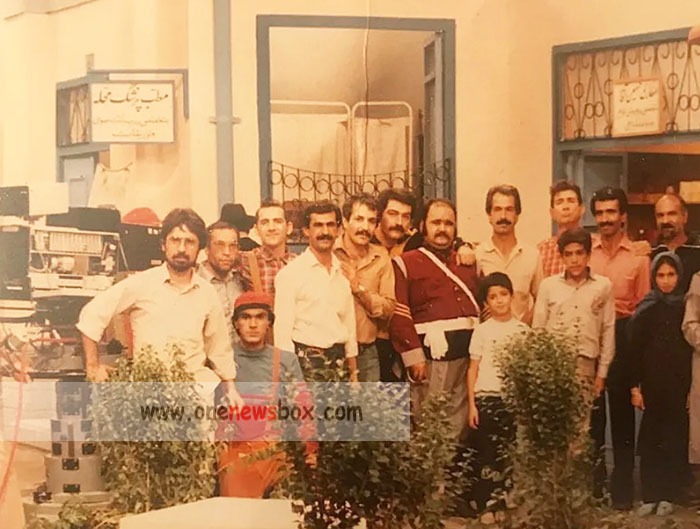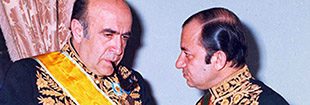Like its predecessor, Mahalle Behdasht was structured around the life of a fictional neighborhood. The neighborhood served as a microcosm of society, populated by a diverse cast of characters, each with their quirks, habits, and roles. Through their interactions, children were able to see the consequences of healthy or unhealthy behavior.
Characters were written in a way that children could easily identify with or learn from. For example, one character might refuse to brush their teeth and face toothaches, while another might be obsessed with cleanliness to the point of exaggeration. These contrasts allowed children to laugh, reflect, and learn simultaneously.
The episodic format was particularly effective. Each episode focused on a specific theme—say, the importance of washing hands before meals—while weaving it into a broader storyline that maintained the continuity of the neighborhood. This format echoed the educational sitcom model that had proven effective in other parts of the world but was uniquely adapted to Iranian culture.

